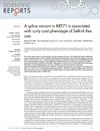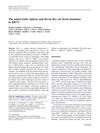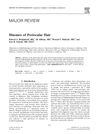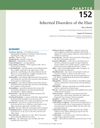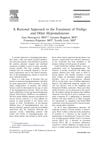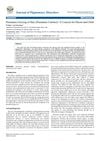Analogs of Human Genetic Skin Disease in Domesticated Animals
March 2017
in “
International journal of women’s dermatology
”
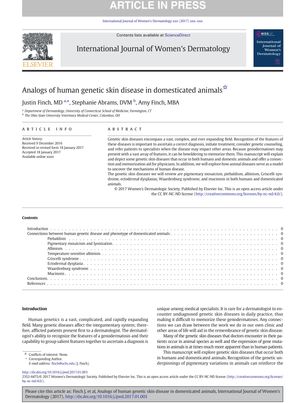
TLDR Some domesticated animals have the same genetic skin diseases as humans, which can help doctors understand human genetic mutations.
The document from 2017 examines how genetic skin diseases found in humans also appear in domesticated animals, which can help physicians remember gene mutations relevant to human diagnoses. It reviews conditions such as pigmentary mosaicism, piebaldism, albinism, Griscelli syndrome, ectodermal dysplasias, Waardenburg syndrome, and mucinosis, noting that these diseases in animals are often due to the same gene mutations seen in humans. For example, FOXI3 gene mutations lead to ectodermal dysplasia in certain dog breeds, while mutations in ENDRB and other genes cause Waardenburg syndrome in humans and similar symptoms in animals like the American Paint Horse. The Shar-Pei dog's hereditary cutaneous mucinosis is also mentioned as a potential model for human mucinoses. The paper underscores the value of studying genetic skin disorders in animals to gain insights into human conditions.
